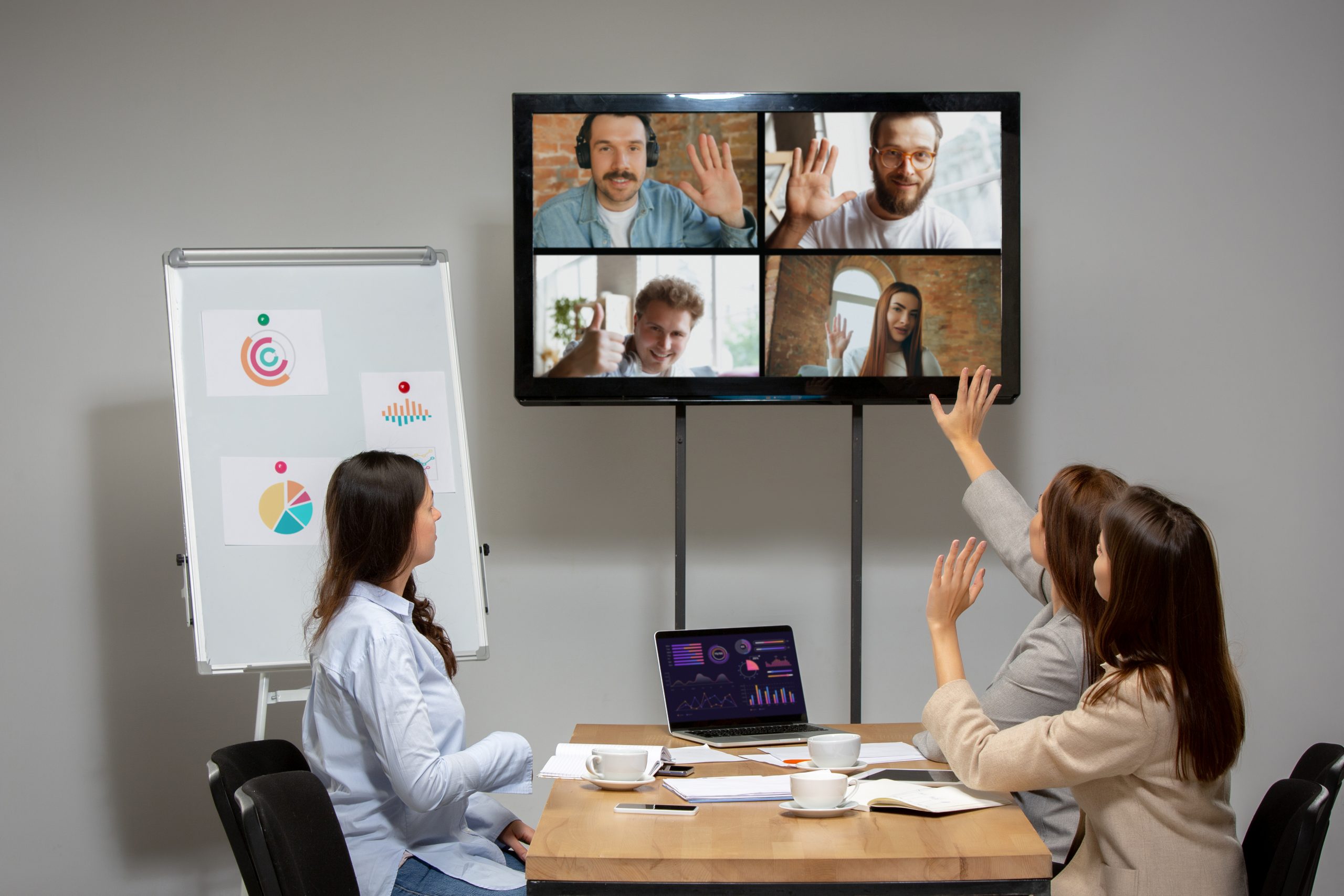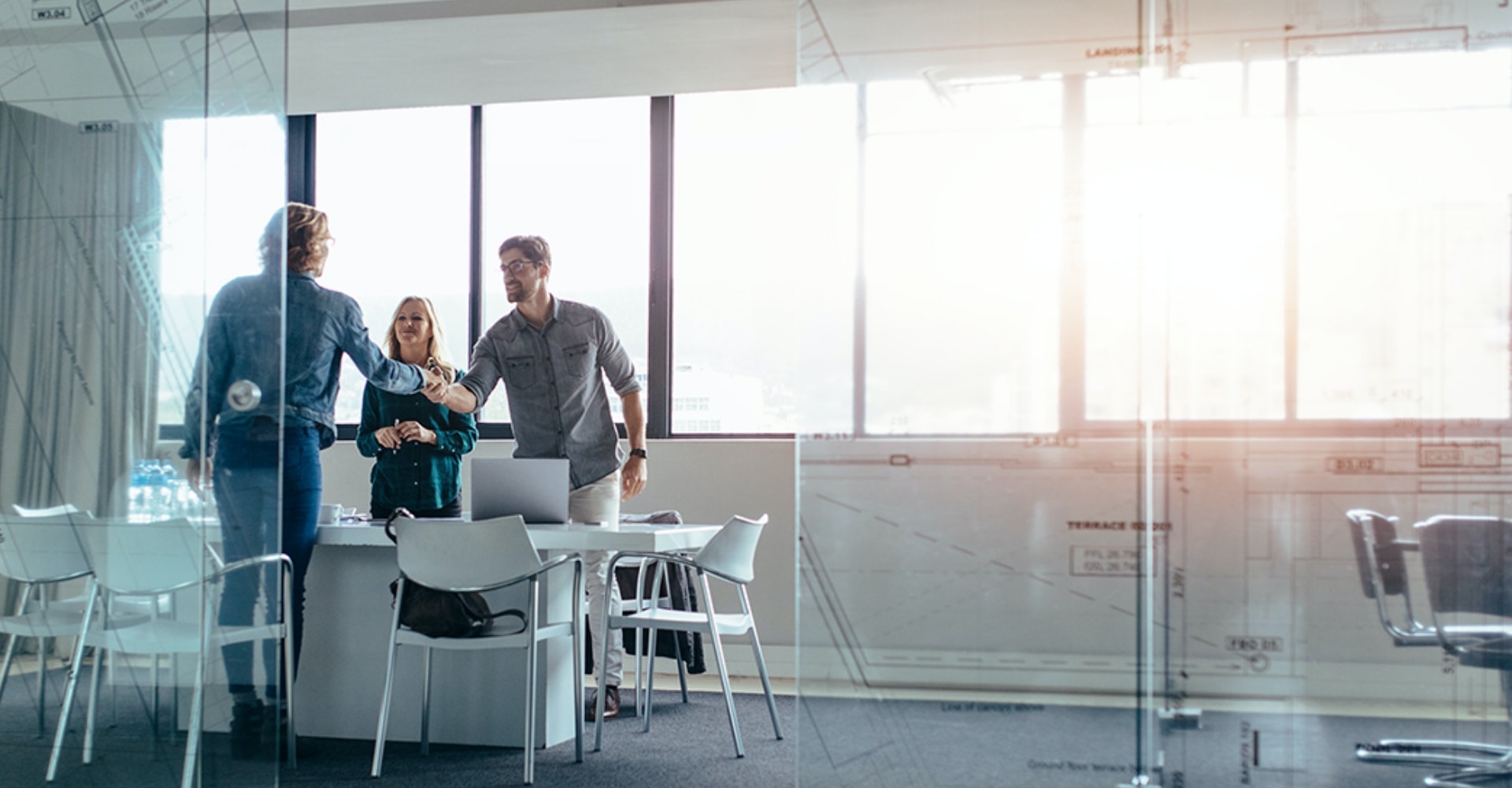

For most with disabilities, navigating the world around them has only become easier thanks to the influx of new technologies. With a whole range of products, services and movements designed to make living easier or more enjoyable, the key to creating technology that works for those living with a disability is accessibility.
Companies like Access Link Consulting are working to create more accessible environments for those living with different abilities. From mobile apps to computer keyboards, daily living and augmentative communication aids, people living with a disability can rest assured that their future will be made a lot simpler thanks to modern tech.
We are always on the lookout for new improvements we can implement, complemented by shifts in consumer preferences. Here are only a few ways that modern technology is making waves for those with a disability, both at home and in the work environment:
Environmental controls
Technology that helps people living with disability to control their environment is brand new, but its benefits can already be seen. Environmental Control Units (ECUs) allow for people living with a physical disability to utilise and navigate their environment easier. ECUs can help people control their beds or chairs and the television, as well as give them the ability to make phone calls, access the internet and ask for help. ECUs can make a huge difference in the accessibility of your workplace, and instil a sense of independence in your disabled peers.
Home and workplace modifications
In a bid to champion diversity, hiring and including people living with a disability has thankfully become commonplace these days. To make your workplace or home accessible, it is important to assess your peers’ access needs and implement any modifications when it comes to tools, equipment or structural changes. Modifications can include adjustable height desks, tools or help with lifting and moving heavy objects.
Mobility Aids
Accessibility doesn’t stop at workplace modifications – it’s also important to employ and be aware of certain mobility aids that you can access for your peers. If people with disabilities who use canes, wheelchairs or scooters use your environment, you can create better accessibility by modifying the building, especially when it comes to parking, entrances, common areas and restrooms.
Seating and Positioning
Positioning can be one of the biggest barriers in a range of different environments for people living with a disability. Access Link can help your project to assess the accessibility of your environment and make sure it meets Australian standards. Other pointers that can make or break the accessibility of your environment in this space are carpets, using non-slip materials as position stabilisers, alternate seating positions and options, using aids like slant boards, binders or angled writing surfaces and lateral supports.
Our team is proud to centre the needs of people living with disability across Australia. With adaptive technologies forging the future of accessibility, we offer extensive access consultancy services and options to suit your every need, regardless of what industry you’re coming from or the environment you’re dreaming of.









